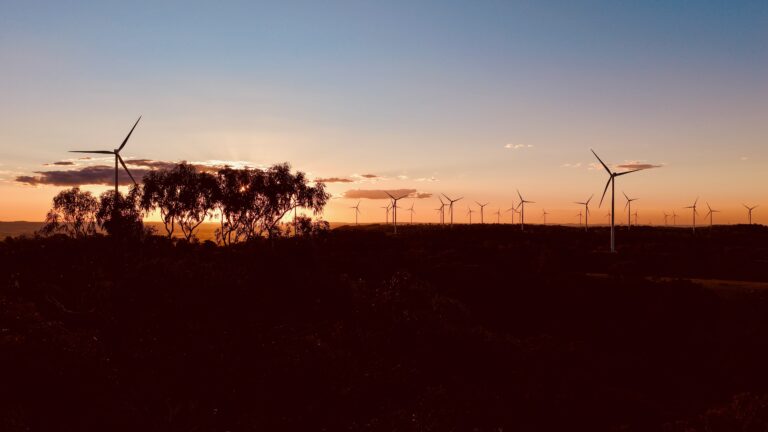
Year in review – 2025
As we look back on 2025, we are proud of the progress and milestones we have achieved this year.
Our projects
Planning
Battery size and duration
Local government area

As we look back on 2025, we are proud of the progress and milestones we have achieved this year.

Community programs and initiatives backed by Squadron Energy have been featured in the Best Practice Charter Report, highlighting the company’s commitment to community engagement and sustainability. Key initiatives include funding Disaster Relief Australia’s Big Map for emergency planning, delivering a First Nations training program in Wellington, leading research on bat collision risks at wind farms, and partnering with Dubbo Regional Council on an advanced wastewater treatment facility.

Since April 2024, Squadron Energy has been participating in the highly competitive South West Renewable Energy Zone (REZ) access rights
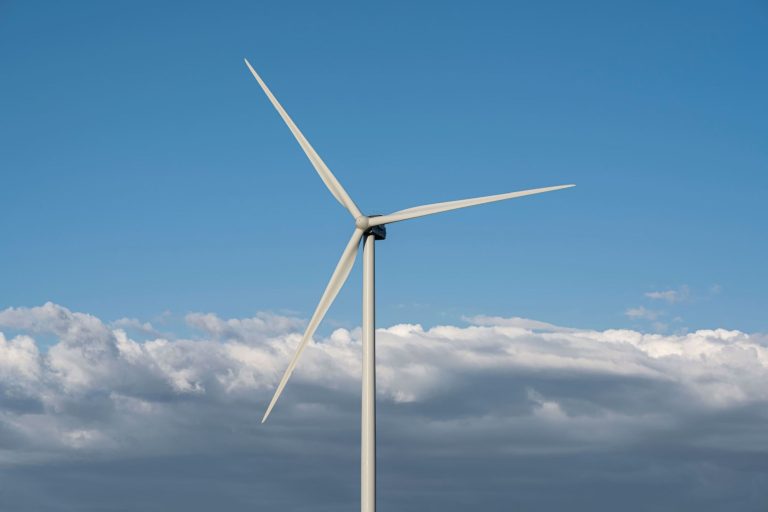
Curious about wind energy and how wind farms work? Here are the answers to some of our most frequently asked questions at

The project entered the NSW planning system in May when the Secretary’s Environmental Assessment Requirements (SEARs) were requested. A Scoping
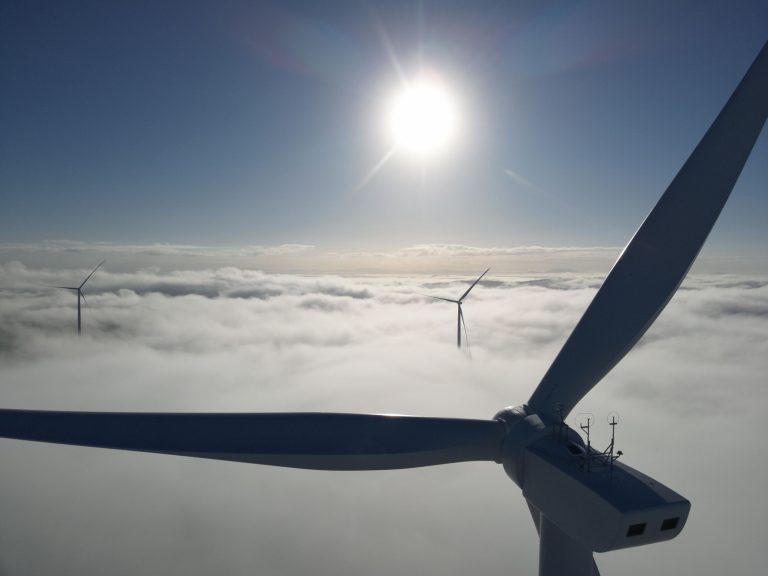
It has been a busy year for Squadron Energy. Read about our progress this year in our Year in review.

The latest Electricity Statement of Opportunities (ESOO) from AEMO is a welcomed confirmation that renewable energy generation is on track to replace exiting coal

The Scoping Reports for Gol Gol Wind Farm, Gol Gol Solar Farm and Gol Gol Battery Energy Storage System (BESS)
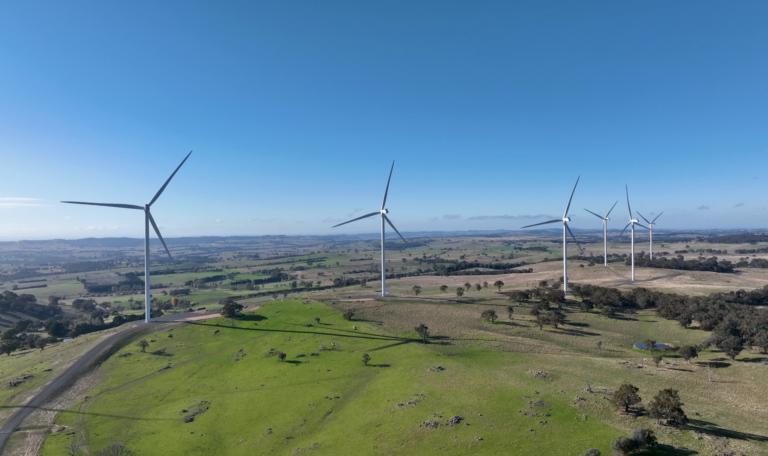
Squadron Energy CEO Rob Wheals said: “The 2024 Integrated System Plan (ISP) reaffirms the comprehensive planning and implementation done to date on

Squadron Energy is investigating potential wind, solar and battery projects approximately 10km north of Buronga and 12km north of Mildura,
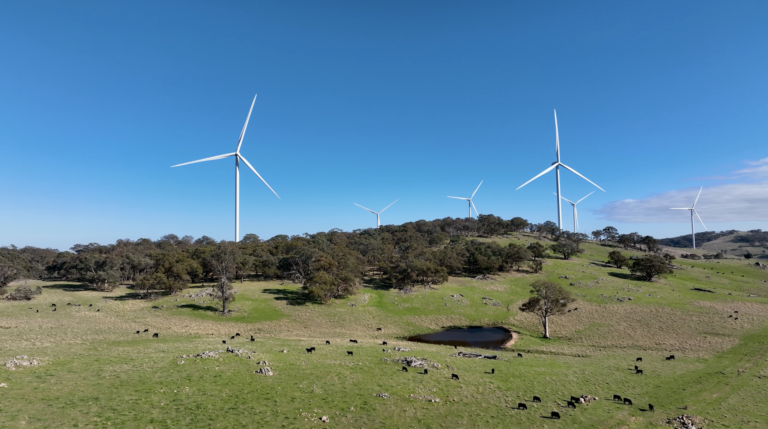
As we continue on our mission to lead Australia’s clean energy transition, we look back on some of our key

We are getting on with the critical delivery of new renewable generation. As confirmed in the latest GenCost report from the CSIRO

Wind energy has come a long way in Australia since operations began at the first commercial wind farm in 1987.
Step 1


Project identification and site selection
Identification and site selection is based on an analysis of opportunities and constraints. Our team then begins community consultation.
Project identification and site selection
Step 2


Project feasibility and community engagement
Site-specific investigations are undertaken to assess the impacts and opportunities of the project and feedback is sought from the local community.
Project feasibility and community engagement
Step 3


Development Application and Environmental Impact Statement
A Development Application is made and an EIS prepared which involves a wide range of studies to address stakeholder feedback received to date and to consider the potential environmental and social impacts of the project.
Development Application and Environmental Impact Statement
Step 4


Public exhibition and submissions report
The EIS is placed on public exhibition through the NSW Department of Planning, Housing and Infrastructure. Interested members of the public are invited to have their say during the exhibition period by way of formal submissions. A Submissions Report is then prepared, which aims to respond to the submissions received.
Public exhibition and submissions report
Step 5

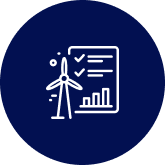
Assessment and development consent
The project documents are assessed by the relevant government authorities. If determined, Development Consent is granted alongside a range of conditions specific to the project.
Assessment and development consent
Step 6


Post approval, contracting and financing
A lead contractor(s) to build the project is appointed and all pre-construction approvals and consents are finalised. During this phase, the lead contractor(s) is provided with a list of local businesses that have registered their interest and capabilities through the project website.
Post approval, contracting and financing
Step 7


Procurement
During this phase our lead contractor(s) engages contractors and suppliers to undertake the scope of the works. Orders are then placed for major components.
Procurement
Step 8


Early works and design
Initial site activities start. Off-site detailed design commences in parallel.
Early works and design
Step 9


Construction - civil works
During this phase of construction, the majority of the civil works takes place. The community is kept informed about temporary impacts during the construction phase.
Construction - civil works
Step 10
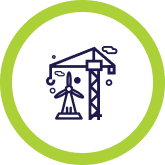
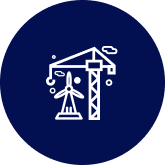
Construction - mechanical and electrical completion
During this phase, the major equipment packages are delivered to site. Electrical cabling, buildings and amenities are then installed and major equipment connections are made to complete construction.
Construction - mechanical and electrical completion
Step 11


Commissioning & handover
Electricity and other external service connections are completed and then equipment undergoes performance testing. During this stage, the project will come to life with equipment starting up for short periods of time, until the commissioning team is satisfied with the performance and operational safety. Operators will be trained during commissioning before commencing operations.
Commissioning & handover
Step 12


Operations
The project is operated in accordance with relevant approval conditions and management plans. Compliance with conditions of approval and management plans is monitored as required throughout the life of the project.
Operations
Step 13


Decommissioning
At the end of the project’s useful life, the asset and electrical equipment will be either replaced or the project will be decommissioned. The site will then be returned to its original use or re-purposed for other development.
Decommissioning
Download
The project site is within the NSW South West Renewable Energy Zone (REZ). A REZ involves the coordinated development of new grid infrastructure in energy rich areas to connect multiple renewable energy generators (such as solar and wind farms) in the same location.
The designation of a REZ is intended to result in the development of additional capacity for renewable electricity generation, producing low-cost power for NSW homeowners and business, driving down carbon emissions within the electricity generation sector, and importantly, driving job growth and employment opportunities through enabling significant investment into the regions.
For more information on the South West REZ, including an indicative location, visit https://www.energyco.nsw.gov.au/sw-rez
For more information on the South West REZ, including an indicative location, visit:
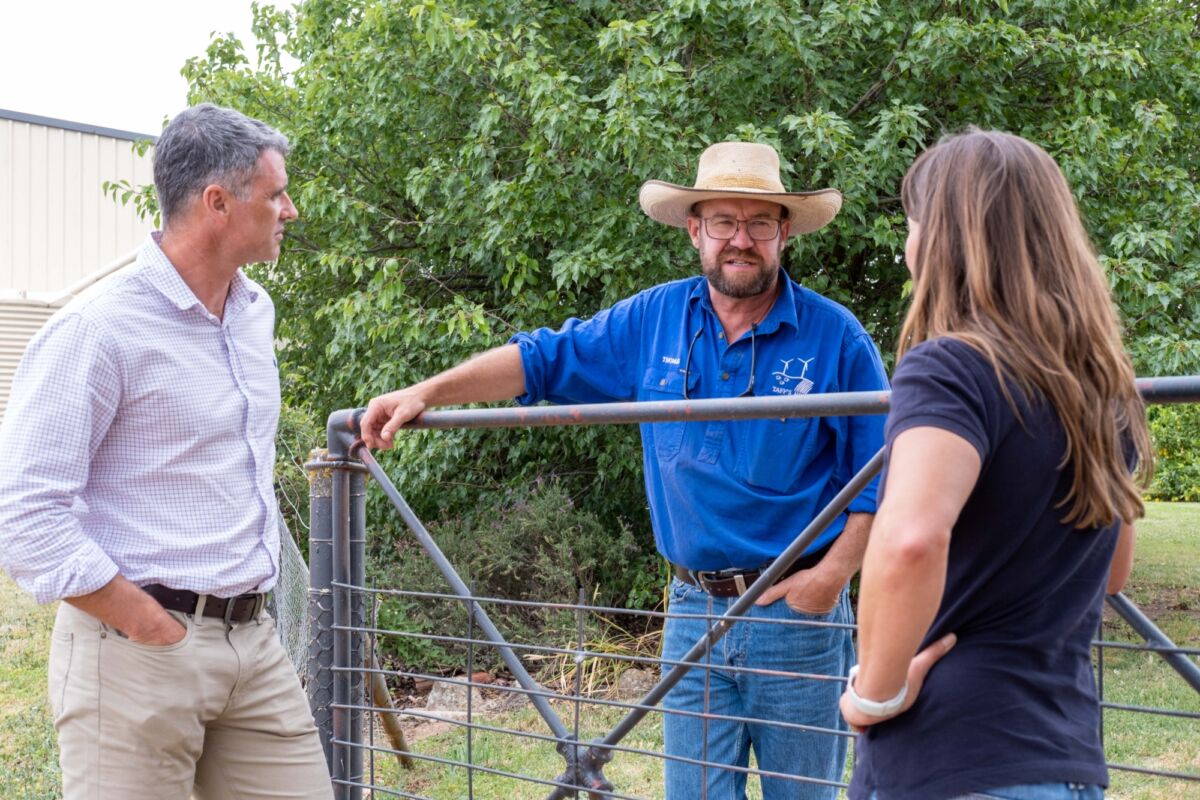
The wellbeing of the community is a core component of our work. Our approach to engaging with the local community is both genuine and lasting. We own our projects from development right through to operations. This gives us unrivalled experience through the entire project life and provides us with a deep-founded respect for people, communities and the environment.
Our team work respectfully with the communities in which we work, are sensitive to environmental and cultural values and aims to make a positive contribution to the regions in which we operate.
We welcome your contact and feedback should you have any questions or concerns about the proposed Gol Gol Battery.
We share the benefits of our projects by supporting communities over the long term. We do this through a range of opportunities such as community benefits funds, voluntary planning agreements, community sponsorship and grant initiatives.
We recognise that each community is different, and we aim to tailor benefits at each project and make positive lasting contribution to each region.
Each of our projects has a community sponsorship program, which provides funds or in-kind support to community organisations and events in the local project area.
Key areas for the program include:
• Education and training initiatives
• Community development programs
• Health and wellbeing
• Environmental initiatives
Applications are open for community sponsorship. Please contact us using the details below for more information about Gol Gol Solar Farm community sponsorship opportunities. Download and complete the Community Sponsorship Application and forward with any relevant documentation to info@squadronenergy.com.
Alternatively, you can complete and submit the form online via the link below.

